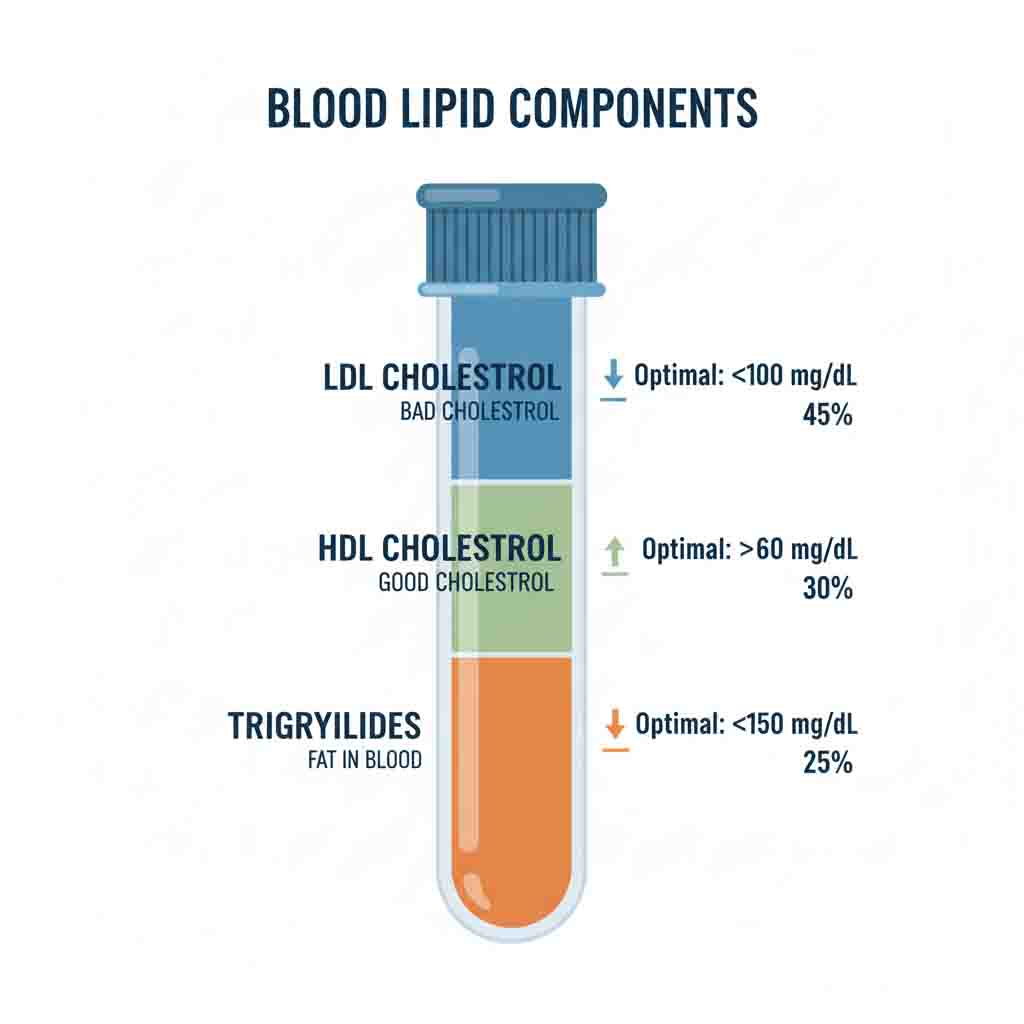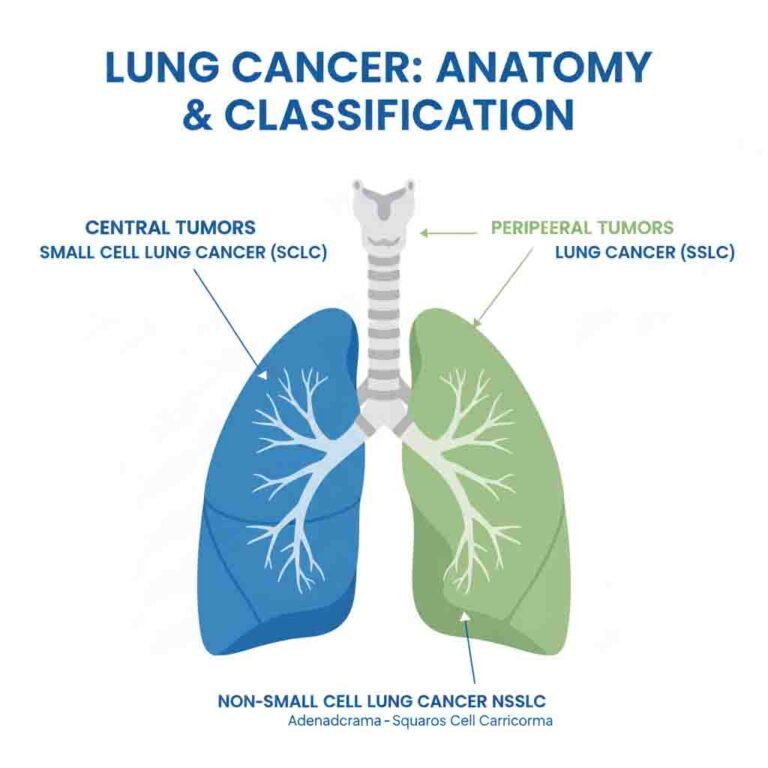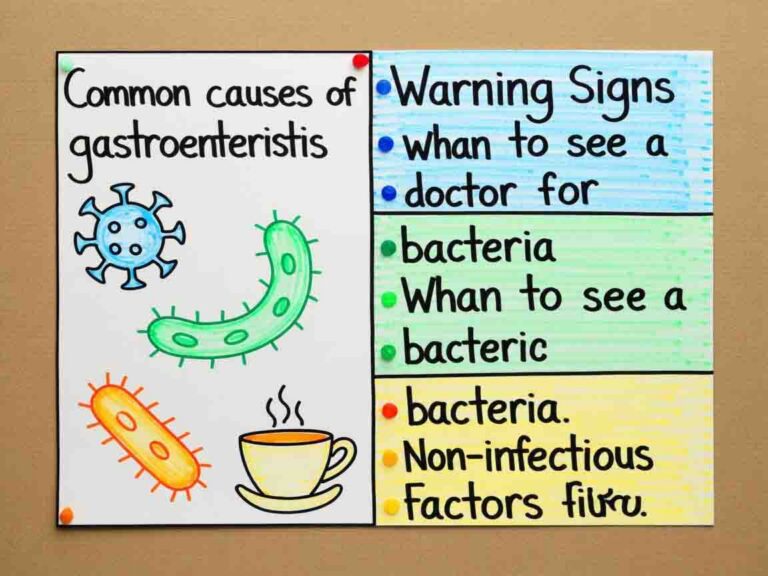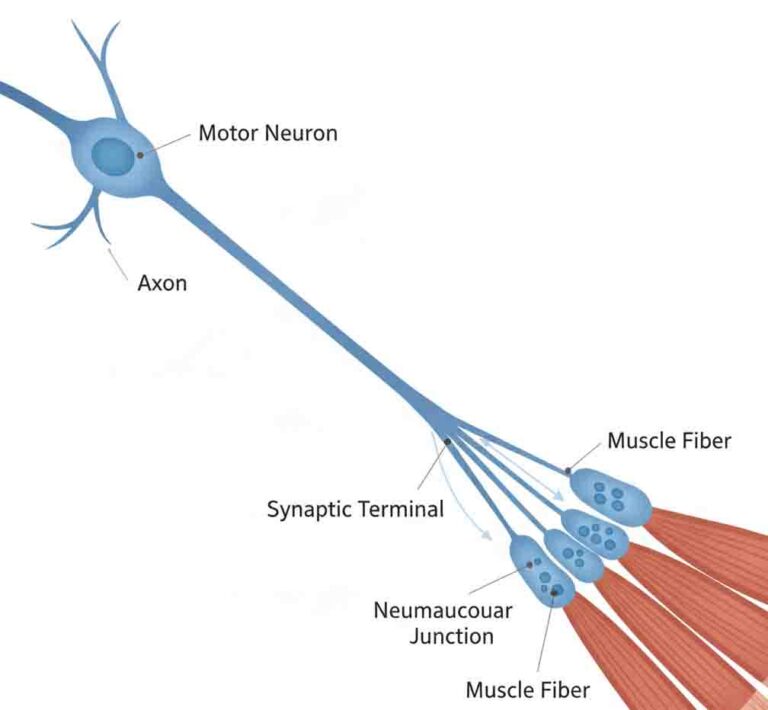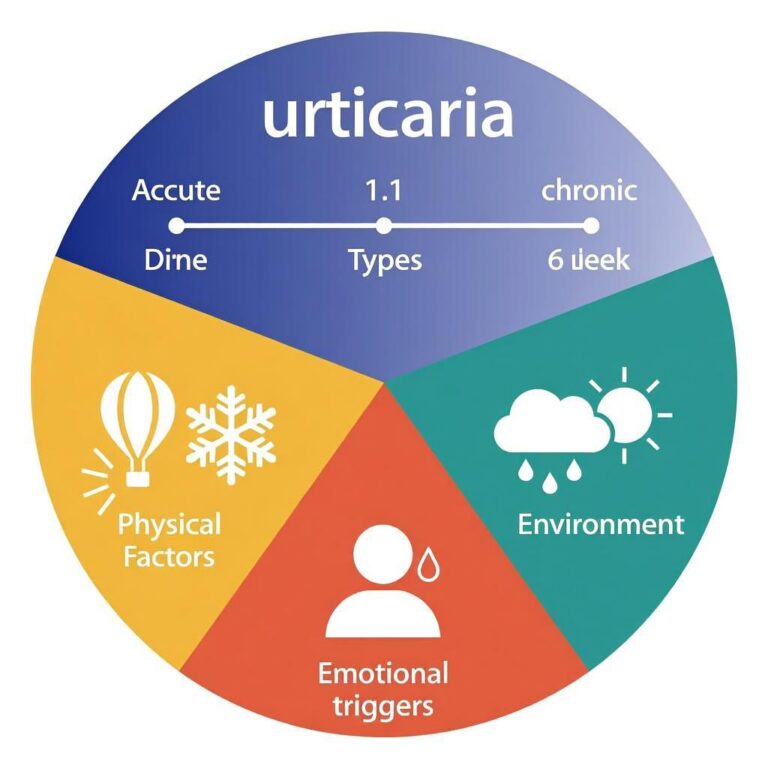Understanding Hyperlipidemia
Hyperlipidemia refers to elevated levels of lipids in the blood, including cholesterol and triglycerides. This condition involves imbalances in various lipid components and may be influenced by multiple factors.
Common Characteristics
-
Often presents without noticeable symptoms
-
Typically detected through routine blood tests
-
May show visible signs in some cases:
-
Skin xanthomas (yellowish deposits)
-
Corneal arcus (eye changes)
-
Fundus changes (in severe cases)
-
Primary Classification
Based on lipid profile patterns:
-
High Cholesterol: Elevated total cholesterol
-
High Triglycerides: Elevated triglyceride levels
-
Mixed Type: Both cholesterol and triglycerides elevated
-
Low HDL: Reduced protective cholesterol
Contributing Factors
Primary Factors:
-
Genetic predisposition
-
Dietary habits
-
Physical activity levels
-
Age and gender factors
Secondary Factors:
-
Underlying health conditions
-
Certain medications
-
Lifestyle factors
-
Metabolic disorders

Potential Health Considerations
Long-term lipid imbalances may be associated with:
-
Cardiovascular system changes
-
Metabolic complications
-
Pancreatic health concerns
Assessment Methods
Healthcare providers may recommend:
-
Blood lipid profiling
-
Physical examination
-
Additional specialized testing
-
Regular monitoring
Management Approach
-
Dietary modifications
-
Physical activity encouragement
-
Lifestyle adjustments
-
Regular health monitoring
Medical Disclaimer: This information provides educational content about hyperlipidemia. Individual circumstances vary, and this content should not replace professional medical advice. Always consult healthcare providers for personalized guidance and appropriate management strategies.

